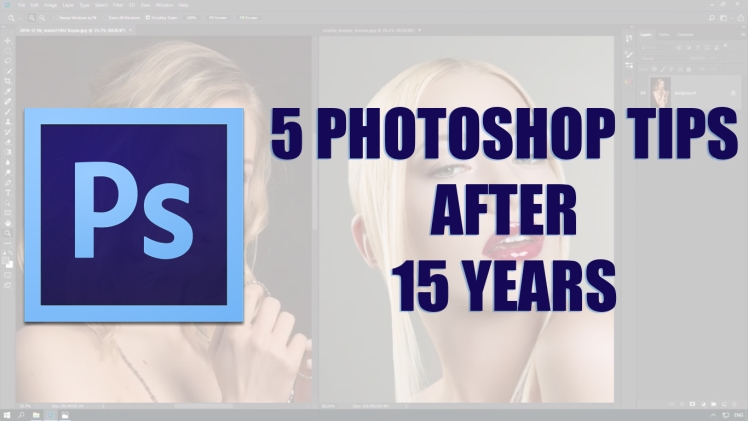When it comes to designing in Photoshop, there is a myriad of ways one could use to achieve a certain result, especially when it comes to photo retouching. Designers use technique they are most confident as well as comfortable with, which is great because it’s always useful to peek into the workflow of our colleagues and learn new design approaches.
Here is a short overview of the techniques we’ll be covering:
- Naturally Increased Light
- Simulating Infrared Images
- Levels
- Color Look with an Adjustment Layer
- Controlling Mid-Tone Contrasts
- Sunset
- Creating Smiles
- Colorful Water Drops
Naturally Increased Light
The light of the sun creates texture. There are shadowy areas and spots where the sunlight can shine without interference. To control the intensity, you can draw more light onto a separate layer or increase already existing light. Create a new layer by going to Layer → New → Layer, or by pressing Shift + Control + N on Windows or Shift + Command + N on a Mac webtoon xyz. Set the blending mode to “Color Dodge” and the opacity to about 15%.
Color Look With An Adjustment Layer
Go to the Layer menu, and then New Adjustment Layer → Hue/Saturation, and set the blending mode to “Soft Light” and check “Colorize.” Use the Hue, Saturation and Lightness sliders to control the color: for a cool look, for example, set the hue at 210, the saturation at 50 and the lightness at 10; for a warm look net worth information, set the hue at 30, the saturation at 30 and the lightness at 5.
Conclusion
By the way, to put one or even several styles onto their own layers at once, right-click on the FX symbol and select “Create Layer” from the list. Now you can apply filters to these styles, but they won’t be editable anymore

